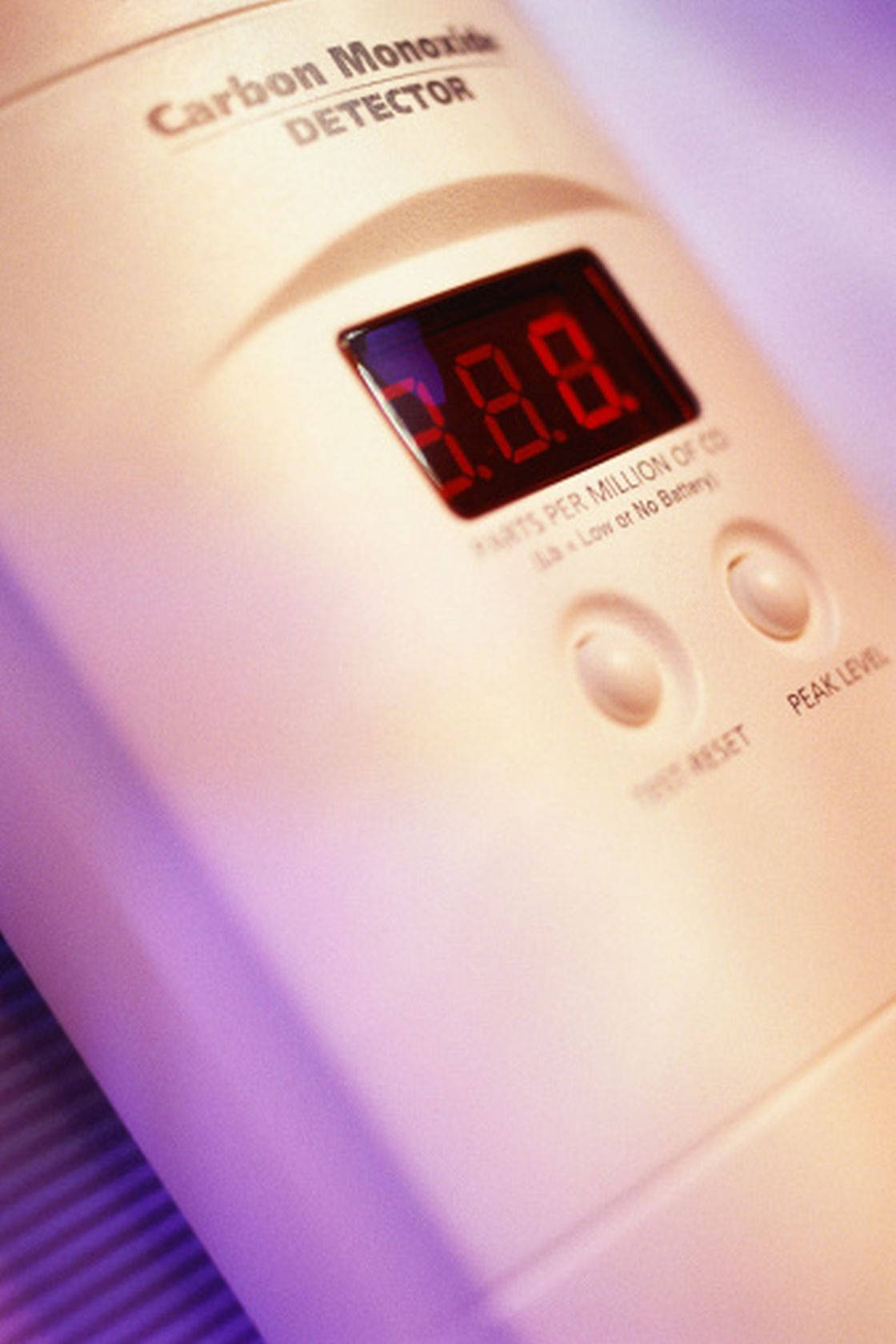Health officials were cautioning about persisting symptoms of carbon monoxide exposure Monday, three days after 80 people were sent to hospital by a leak at a St. John’s, N.L., arena.

The leak, during a hockey tournament at the Bussey-Horwood Arena on Friday, was linked to the rink’s ice cleaning machine.
Upwards of 80 people, including hockey players and parents, went to hospital, prompting a Code Orange signifying a mass casualty event, said Dr. Ken LeDez of Eastern Health, the local health authority.
“It was a deluge of people arriving in a short time,” LeDez said in an interview.
He said following assessments he decided to treat two adults and two teens in hyperbaric chambers.
“We didn’t admit anybody to hospital but a fair number of people spent a good number of hours on oxygen in the emergency department. Those treated in the hyperbaric chamber were released and then brought back for a repeat treatment, which is part of the protocol.”
Eastern Health said Monday that patients were continuing to return to the ER with persisting symptoms of carbon monoxide exposure. It said anyone with symptoms should seek attention in hospital.
Dr. Lisa Goodyear, whose son plays for the St. John’s Hitmen AAA Bantam hockey team, was not at Friday’s 11 a.m. game that was part of a provincial tournament. However, in an email she said information was collected from parents during a meeting on Saturday.
“During our game several of the Hitmen players had periodic complaints including, shortness of breath, tiredness, dizziness and impaired hand eye co-ordination,” said Goodyear.

Get weekly health news
“Some players requested an early shift change or missed a shift periodically, but with rest insisted they were OK to return to play.”
She said the game concluded at 1 p.m. and it was after the players returned home that several complained of fatigue, nausea, dizziness and headaches.
Goodyear said it was through social media that parents found out that players from other teams were also exhibiting symptoms.
The fire department found levels to be elevated but not unacceptable, but Goodyear said the arena was closed as a precaution.
She said eventually all 17 Hitmen players were seen in hospital, along with players from two other teams that evening. As well, over half of the team’s parents sought treatment.
The Hitmen decided not to resume playing in the tournament on either Saturday or Sunday, Goodyear said.
“As some of our players were still having reoccurrence of symptoms with exercise on Sunday we are currently seeking medical guidance as to how to proceed with return to exercise and competitive hockey safely.”
LeDez said those exposed to lower levels of carbon monoxide poisoning usually present with flu-like symptoms which include headaches, nausea, vomiting, and dizziness.
He said in more severe cases people can get groggy, lose consciousness and could be subject to cardiac arrest.
“Basically the sooner you can get the carbon monoxide out of someone’s body the better,” said LeDez. “So that means a high concentration, 100-per-cent oxygen. That helps clear the carbon monoxide from the body and it clears much faster still in the hyperbaric chamber.”
LeDez said had the poisoning incident been just a bit more serious, doctors would be treating “much more serious cases with a much greater risk of long-term damage.”
“This was a very serious incident to be sure, but I still think people should feel reassured and not worry too much,” he said.
WATCH: Family safe thanks to CO detector
Raymald Marchand, general manager of programs at the Canada Safety Council, said incidents of carbon monoxide poisoning at hockey arenas are relatively rare.
“It’s typically not a huge issue and it usually traces back to maintenance,” said Marchand. “Maintenance of the Zambonis, maintenance of the ventilation system.”
Marchand said rinks should have functioning carbon monoxide detectors and preferably a numeric one to provide particle readings.
“It would be a help in making sure that there is sufficient fresh air in the arena,” he said.
In January, a kids’ hockey tournament in Montmartre, Sask., was cancelled after some players developed headaches and officials suspected they may have been suffering from carbon monoxide poisoning.
Technicians from SaskEnergy responded to the arena and noted the gas was present at the ice surface, as well as in the arena’s lobby.
The utility said it determined all of the building’s equipment that runs on natural gas was operating normally, and a technician suspected fumes from the ice cleaning machine were the source for the carbon monoxide.







Comments